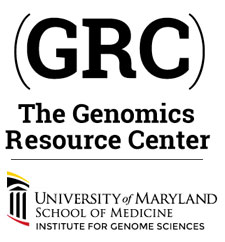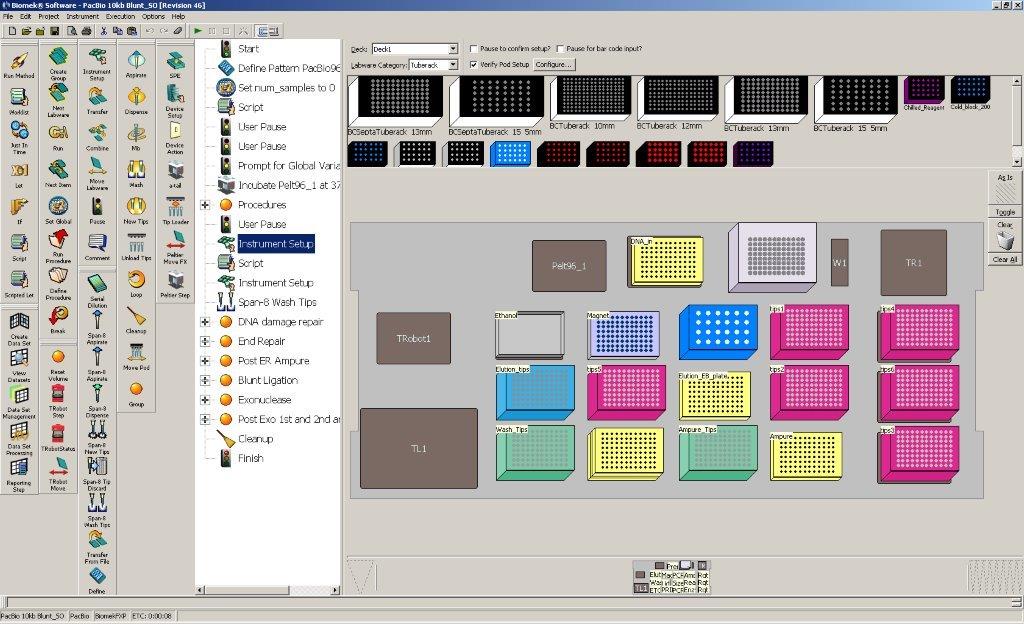Congratulations to the winner of our recent “SMRTest Microbe” grant competition, Dr. Erin Price at the Menzies School of Health Research in Australia! The grant program, co-sponsored by PacBio and the Institute for Genome Sciences (IGS), was very competitive, with over 100 submitted proposals.
Dr. Price will receive SMRT® Sequencing and analysis from IGS — using up to 4 SMRTbell libraries and 8 SMRT Cells — to characterize the mechanisms behind the emergence of antibiotic resistance in Burkholderia pseudomallei, a highly pathogenic bacterium that causes the potentially deadly disease melioidosis. Dr. Price and colleagues have recently uncovered the development of meropenem resistance in local cases of B. pseudomallei infection, along with evidence that this resistance is linked to at least two mortalities in Australia so far.
Prior short-read based attempts to sequence and assemble these meropenum-resistant B. pseudomallei genomes have suffered from the inability to scaffold across highly repetitive and paralogous loci, low genome complexity, high GC content, and genomic inversions. Dr. Price plans to use the long reads generated by SMRT Sequencing to overcome these assembly issues and close the genomes. As noted in her proposal, complete genome sequences “will provide significant insights into the molecular basis of meropenem resistance in this dangerous pathogen.”
In addition to the grant winner, the submitters of the top 10 proposals will have the opportunity to conduct their projects through IGS with a 20% discount on SMRT sequencing. Thank you to all of the submitters who participated in the grant competition. We look forward to a number of exciting new projects in the coming months!
Do you have a project that could benefit from SMRT sequencing or any of our other sequencing and analysis services? If so, please contact us for a free project consultation.

